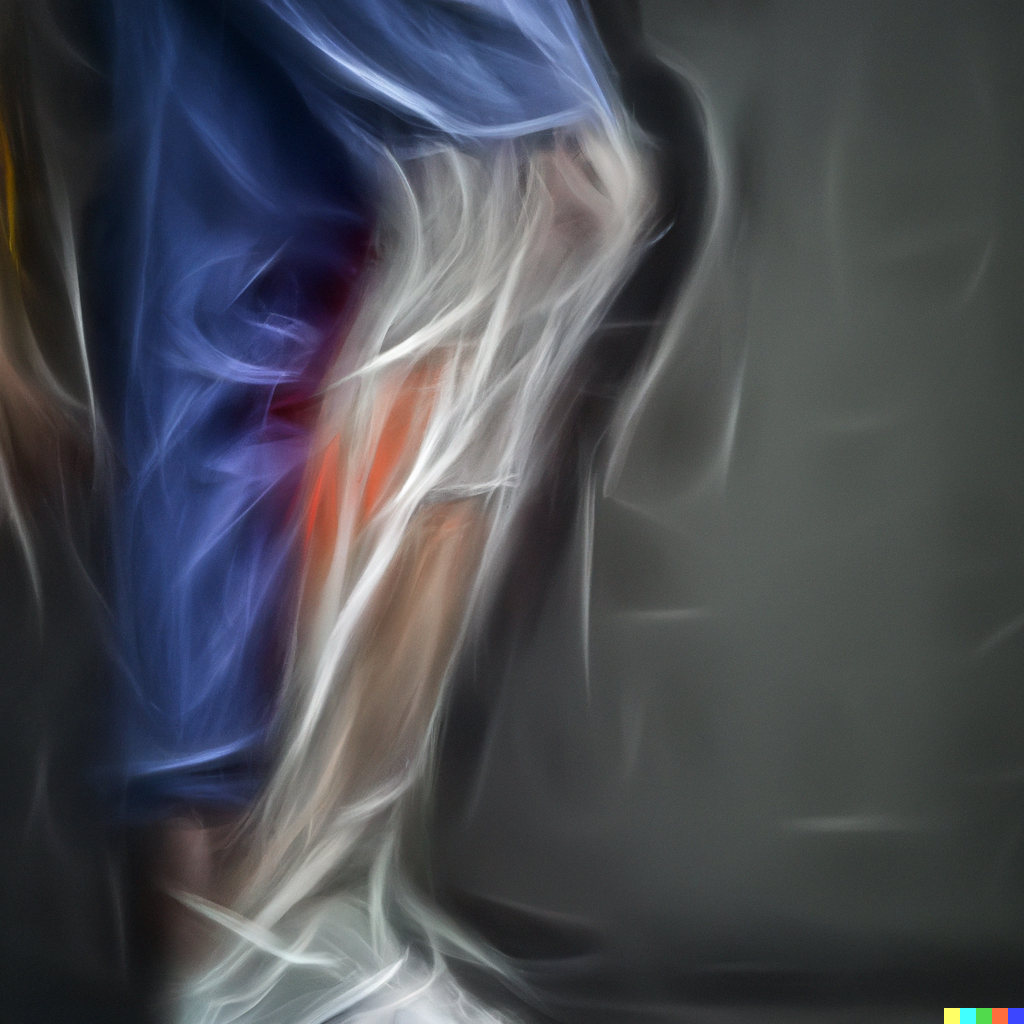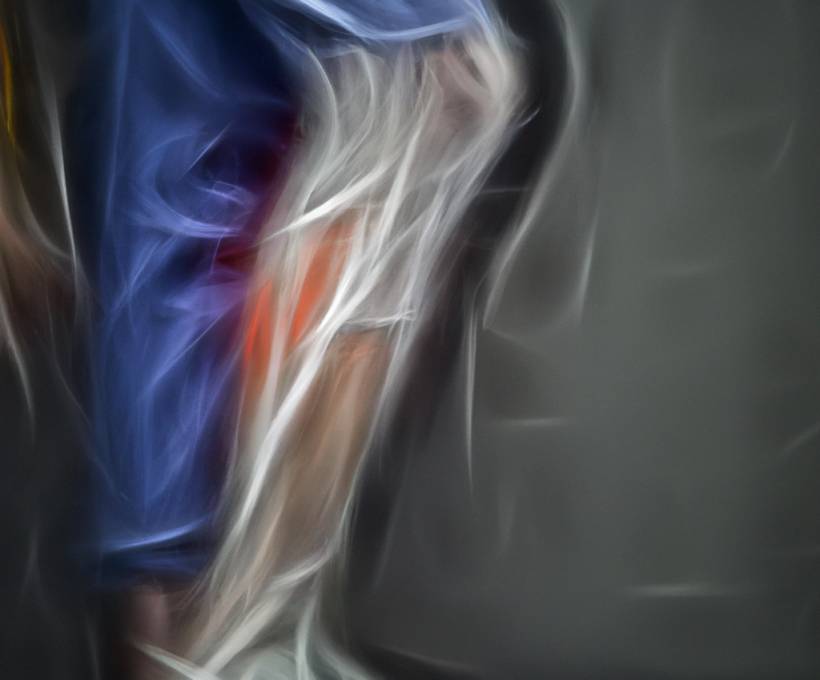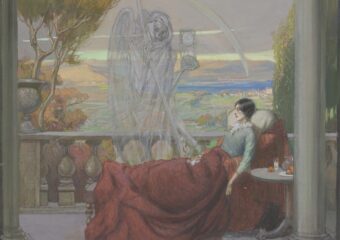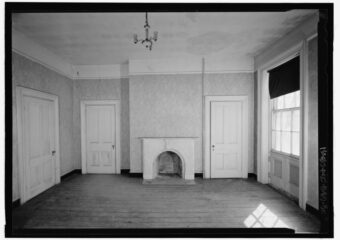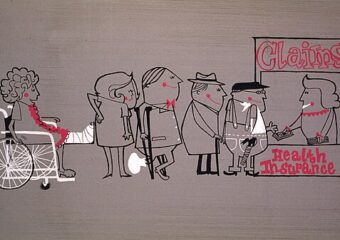Phantom limb pain has bedeviled amputees and bewildered physicians and surgeons for centuries. A recent analysis of studies evaluating incidence and prevalence of phantom limb pain reported that it occurs in up to 87% of amputees. The prevalence for the first year was similar at 82%. Consistently effective treatments remain elusive.
The very nature of phantom limb pain defies an easy explanation, though many have been proposed. Biomedical texts on the subject are at once complex and speculative as a result. In cases such as these, literary texts can provide better descriptions, especially as they address how particular health problems affect individual people.
Here I compare text from a mainstream biomedical source explaining phantom limb pain with a depiction of phantom limb pain from a literary novel.
The Biomedical
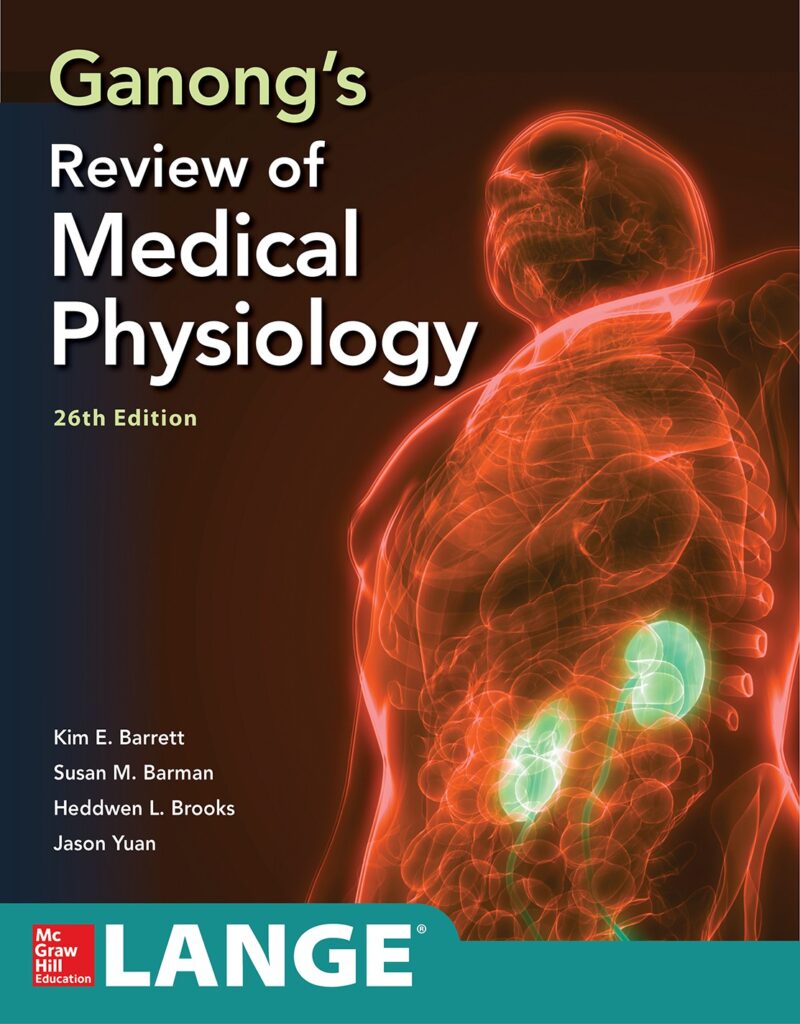
From: Somatosensory Neurotransmission: Touch, Pain, & Temperature. In: Barrett KE, Barman SM, Brooks HL, Yuan JJ. eds. Ganong’s Review of Medical Physiology, 26e. McGraw Hill; 2019. Accessed June 08, 2023.
Between 50% and 80% of amputees experience phantom sensations, usually pain, in the region of their amputated limb. Phantom sensations may also occur after the removal of body parts other than the limbs, for example, after amputation of the breast, extraction of a tooth (phantom tooth pain), or removal of an eye (phantom eye syndrome). Numerous theories have been evoked to explain this phenomenon. The current theory is based on evidence that the brain can reorganize if sensory input is cutoff. The ventral posterior thalamic nucleus is one example where this change can occur. In patients who have had their leg amputated, single neuron recordings show that the thalamic region that once received input from the leg and foot now respond to stimulation of the stump (thigh). Others have demonstrated remapping of the somatosensory cortex. For example, in some individuals who have had an arm amputated, stroking different parts of the face can lead to the feeling of being touched in the area of the missing limb.
This description is circumscribed around prevalence, anatomy, and possible causative mechanisms. Nothing about what an episode of phantom limb pain is like for anyone experiencing it is offered. For that perspective, however, we can turn to literary texts.
The Literary
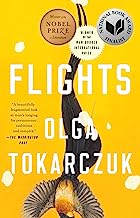
From: Tokarczuk O. Croft J (translator). Flights. New York; Riverhead Books, 2017.
Flights is a “fragmentary novel” involving the narrator’s travels among different places and across different times. It comprises mostly vignettes and segments; some short, some long, some purely fictional, some real, and some a little of both. Certain preoccupations connect various parts of the book. One in particular concerns the preservation of human body parts, which comes into play in a section describing phantom limb pain.
In this section, the real story of Philip Verheyen’s leg amputation is told. He was the renowned Flemish surgeon and anatomist of the late 1600s and early 1700s who produced the Corporis humani anatomiae. He is twenty-eight-years old and is at university in Leiden (The Netherlands) when,
During his second year at university, in 1676, on a May evening, Phillip, going up the narrow stairs to the little floor he rented from a certain widow, tore his trousers on a nail, also—as he saw the following day—harmlessly injuring his calf. A red mark was left on his skin, drawn by the sharp part of the nail, a dash of a few centimeters adorned by drops of blood in little points; the careless movement of the Engraver on the delicate human body. After a few days a fever had begun to consume him.
p. 192
The author, through a fictional narrator, goes onto imagine the subsequent course of events.
A medic, a fictional character, prescribes treatments for Phillip in the form of poultices and broths, but to no avail making it necessary in the medic’s view that the leg “be cut off just below the knee.” (p. 192) Phillip agrees to the surgery, but “begged him to preserve the removed leg,” so that when he died, it would rise from the grave with the rest of his body. The medic complied, taking “meticulous care of the leg,” as he had learned from his uncle and master, Frederik Ruysch, who in real life developed the means to preserve body parts still in use today. (p. 193)
Above all with aid of an injection of a substance, the composition of which his master had kept a secret, he removed the blood and lymphatic vessels all the contaminated blood and infiltrations of gangrene. When the limb had been thus drained, he placed it in a glass vessel filled with a balm of Nantes brandy and black pepper, which was to permanently protect it from destruction.
p. 193
Phillip’s landlady cared for him until he was “tapping his peg over the uneven paving stones of Leiden,” to attend lectures on the subject of anatomy at the university medical center. (p. 195) He subsequently focused his work on anatomy and his drawings, and over time, according to the medic, who had become his friend, “became increasingly obsessed with a single topic. His leg, dismantled into parts, investigated in as much detail as possible, always stood in its jar on his headboard or stretched scarily out on the table.” (p. 196) Some years later the medic would find out why.
The pains came at night, starting a few weeks after the operation, as his body was relaxing and slipping across the uncertain boundary between waking and sleep…He would have the impression his left leg was numb, and that he absolutely had to get it into the right position—he felt his toes tingling an unpleasant sensation…He would sit on the bed, tear the blanket off himself, and look at the aching place—it was some thirty centimeters below the knee, there over the rumbled sheet. He would close his eyes and try to scratch it, but he touched nothing, his fingers combed the void in despair, giving him no relief.
pp. 203-205
Once, in a fit of despair, when the pain and itching were driving him mad, he stood and with trembling hands lit a candle. Hopping on one foot, he moved to the table the vessel with the cut-off leg…He extracted the limb and in the candlelight tried to locate in it the reason for the pain…He sat down on the floor, stretched his legs out before him, and laid the amputated limb on the place just below his left knee. He closed his eyes and groped for the painful place. His hand touched the cold piece of flesh—but could not reach the pain.
The pain of his left leg…he termed ‘phantom.’
A cruel circumstance, to be sure, when someone who loses a limb is reminded of it constantly through pain. And one that literary fiction can render as it affects individuals from quiescence to madness, from moment to moment.
Notes
Citation for biomedical source:
Stankevicius A, Wallwork SB, Summers SJ, Hordacre B, Stanton TR. Prevalence and incidence of phantom limb pain, phantom limb sensations and telescoping in amputees: A systematic rapid review. Eur J Pain. 2021 Jan;25(1):23-38. doi: 10.1002/ejp.1657. Epub 2020 Sep 28. PMID: 32885523.
Philip Verheyen did not coin the term, “phantom limb.” That has been attributed to a surgeon from the Civil War.
Title image generated by DALL-E 2.
